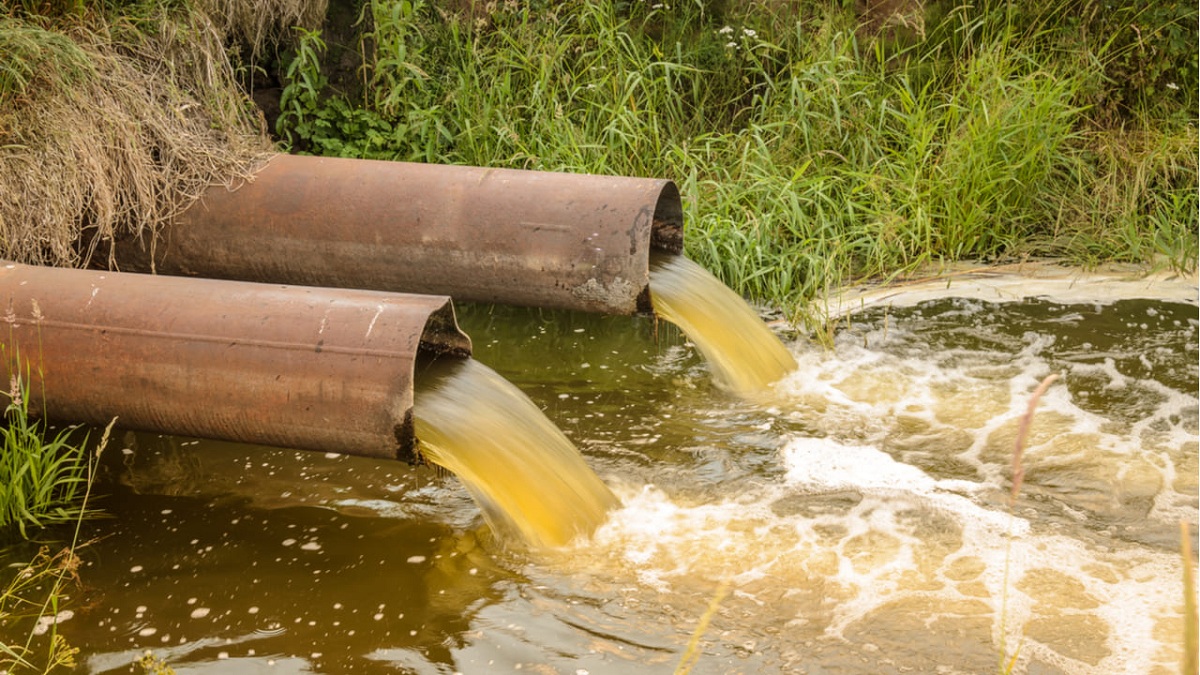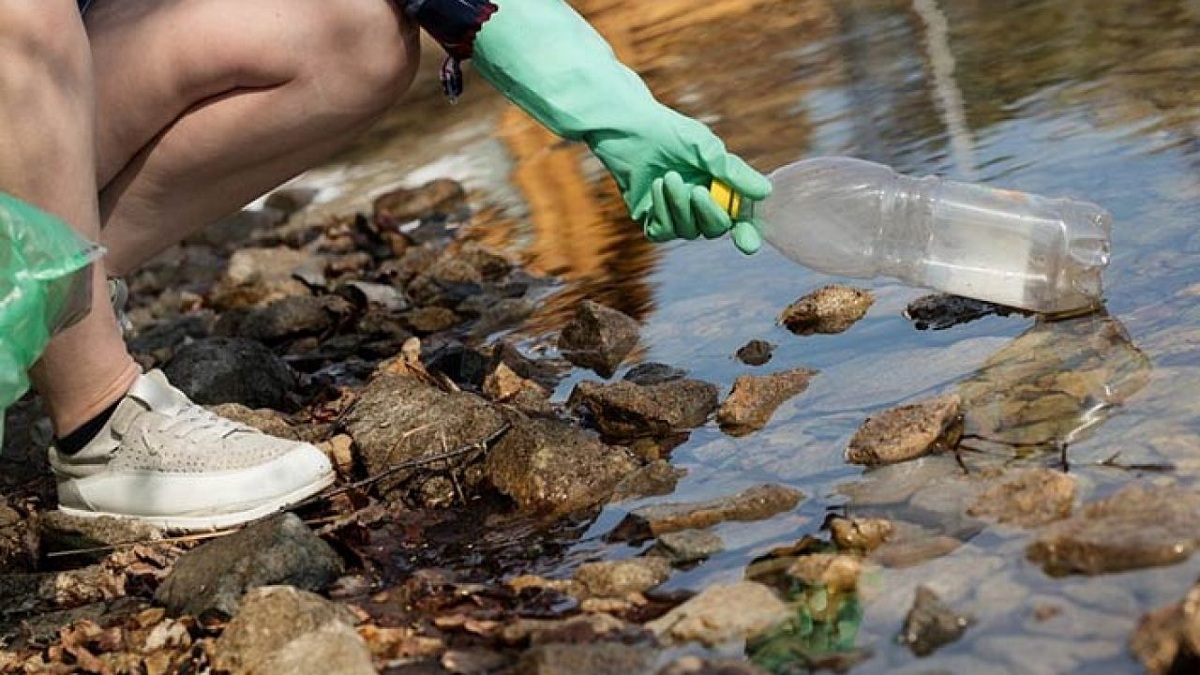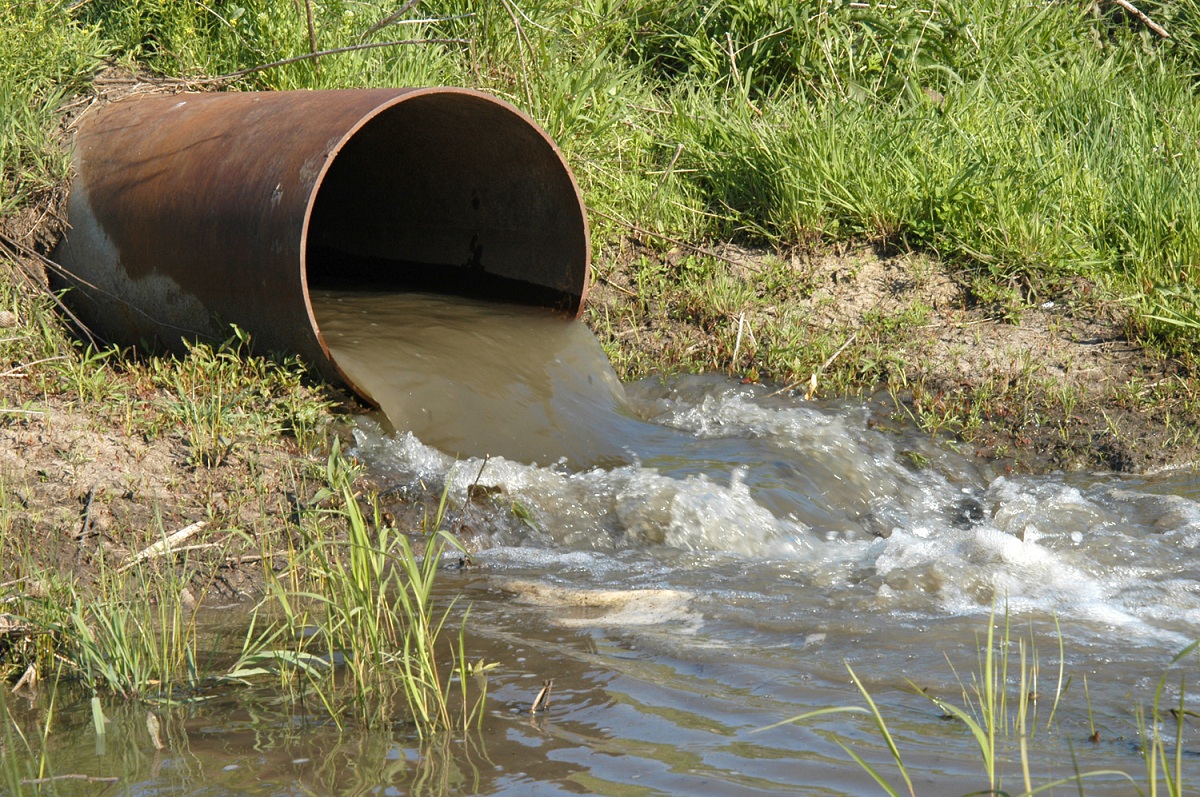
Water is the most precious commodity in the world. Although there are minerals of high economic value, water is necessary for life and its development. The World Health Organization (WHO) defines contaminated water as that whose "composition has been modified so that it does not meet the conditions for its intended use in its natural state." The Water pollution It is one of the great problems that human beings face.
In this article we are going to tell you what water pollution is, what its characteristics are and how we can avoid it.
What is water pollution

It is the presence of chemicals or other components greater than that of natural conditions. That is, the presence of substances such as microorganisms, heavy metals or sediments. These pollutants reduce the quality of the water. To ensure water safety and protect health, the World Health Organization has made recommendations in its drinking water quality guidelines:
- Microbiological quality. To verify this, a microbiological analysis will be carried out (study of microorganisms that indicate fecal contamination, such as the presence of E. coli or the diagnosis of pathogen density).
- Chemical quality. For its verification, analyzes will be carried out to monitor the presence of additives, which are derived mainly from the ingredients and chemicals used to obtain and distribute the water.
Human activities seriously affect water pollution. We are going to see below what are the main causes.
Causes of water pollution

Currently, around 5 million people in the world die from drinking contaminated water, a particularly serious situation in the context of social exclusion, poverty and marginalization. These are the main reasons:
- Industrial waste: industry is one of the main factors causing water pollution. Unfortunately, thousands of companies still do not know that this resource must be used properly, and they release a large amount of polluting products from their industrial processes. Rivers and canals are the most affected by these bad practices.
- Increase in temperatures: Although it may not seem like it, global warming also affects water pollution. When the temperature of the ecosystem is higher than normal, the water source reduces the oxygen content, causing a change in the composition of the water.
- Use of toxic pesticides in agriculture: the vast majority of agricultural processes of our time use fertilizers and chemicals for planting and food production. Well, these products are filtered through underground channels and, in most cases, these channels will eventually enter our water supply network for consumption. This water is almost never treated and returned to a channel suitable for consumption.
- Deforestation: excessive logging can cause rivers, lakes and other water sources to dry up. Furthermore, deforestation does not in all cases include the removal of tree roots from the riverbanks, which can cause sediments and bacteria to appear under the ground and thus contaminate this precious resource.
- Oil spillsFinally, we must not forget a practice that has traditionally caused water pollution in different parts of the earth: oil spills and its derivatives. These leaks are caused by poor transportation of oil and the leakage of gasoline and other products. These products are generally stored in underground storage tanks; In many cases, the water tank will leak and substances will leak into the surrounding body, including sources of water suitable for human consumption.
Consequences on health and the environment

There are various negative consequences caused by water pollution around the world. We can divide those reasons into human and environmental. Let's see what they are:
- Diseases: Drinking dirty water or using it for personal hygiene and environmental sanitation is linked to many diseases. The World Health Organization talks about diarrhea, cholera, hepatitis A, dysentery, polio, and typhoid fever. Prevention, by improving the infrastructure of supply, sanitation and personal hygiene, promotes the use of clean water for food and household hygiene.
- Mortality: unfortunately, dirty water has a higher associated risk. According to the World Health Organization, diarrheal diseases cause 1,5 million deaths each year. Among them, more than 840.000 are caused by lack of clean water and insufficient personal hygiene and sanitation facilities. Simple, everyday things like washing your hands with soap and water or drinking a glass of clean water can prevent the spread of potentially fatal diseases. Without water, hygiene and sanitation, health is put at risk. 40% of deaths in minors are caused by the consumption of water in poor condition or lack of hygiene in an emergency situation.
- Malnutrition: malnutrition is related to insufficient diet and infectious diseases due to the correlation between diet, health and care. In this way, a healthy diet meets nutritional needs, but also requires an adequate environment that provides health services, sanitary facilities and adequate sanitation measures, for which drinking water is essential.
- Ecosystems: there are serious effects of fresh water in poor condition on the environment, as it impacts on habitats causing the loss of aquatic biodiversity and facilitates the blooming of harmful algae or eutrophication.
How to reduce water pollution
There are numerous habits and good practices to eliminate or reduce water pollution:
- Keep an eye on your household cleaning products: try to use fewer household cleaning products and that they are not too polluting.
- Deposit each residue in its corresponding place: recycling is something that can reduce water pollution through household waste.
- Choose your clothes well: use or reuse those that do not harm the environment.
- Get involved: environmental volunteer campaigns participate.
- Explain to your sons and daughters what sea pollution is: environmental education is key so that future generations can conserve the environment.
I hope that with this information you can learn more about water pollution and all that it entails.